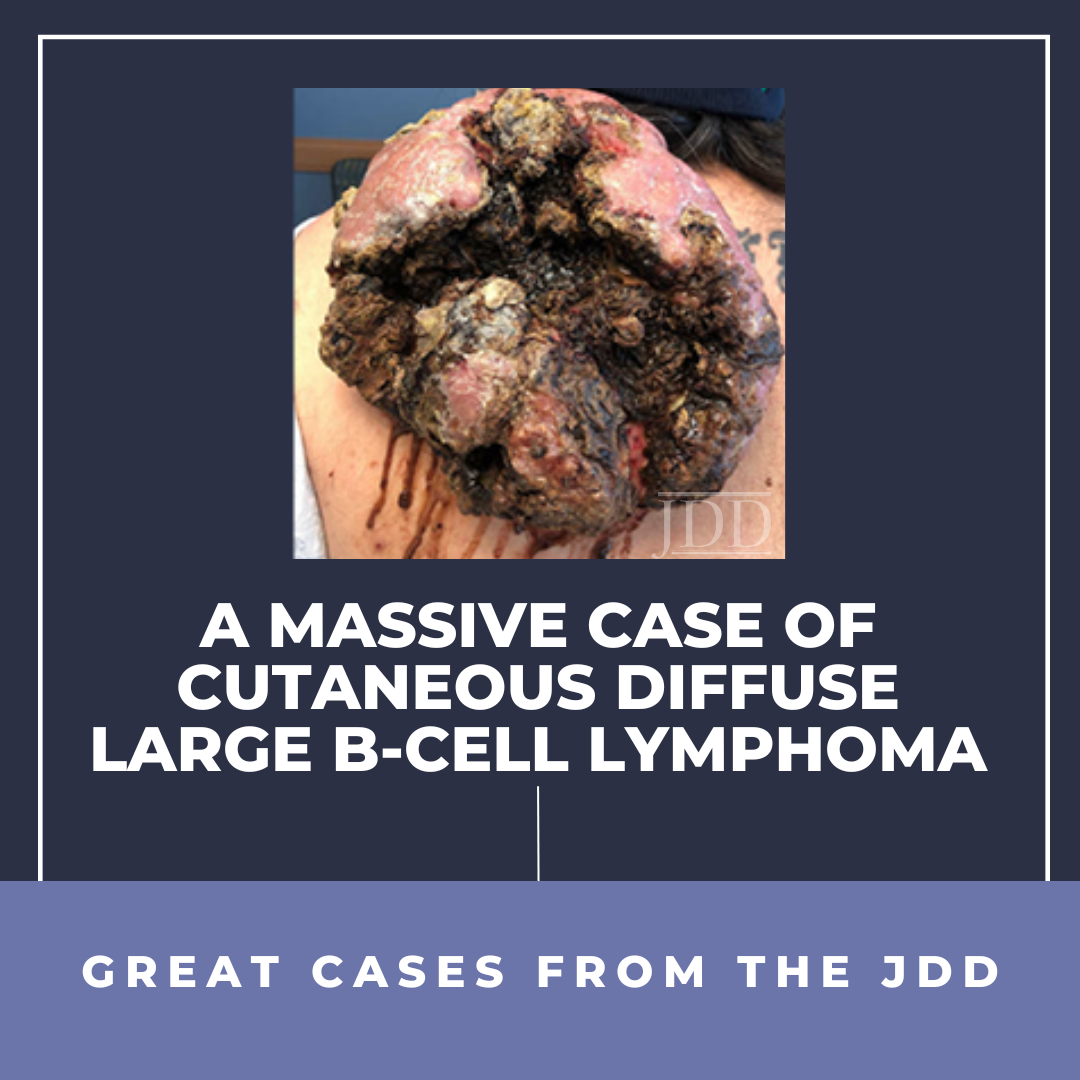Shaping the Practice of Dermatology Through Product Innovation
 Mainstream medical dermatology is changing, and it’s about time, says Dr. R. Rox Anderson, professor at Harvard Medical School and director of the Wellman Center for Photomedicine at Massachusetts General Hospital. Next Steps in Derm, in partnership with ODAC Dermatology, Aesthetic & Surgical Conference, interviewed Dr. Anderson about the future of product innovation. Hear what Dr. Anderson …
Mainstream medical dermatology is changing, and it’s about time, says Dr. R. Rox Anderson, professor at Harvard Medical School and director of the Wellman Center for Photomedicine at Massachusetts General Hospital. Next Steps in Derm, in partnership with ODAC Dermatology, Aesthetic & Surgical Conference, interviewed Dr. Anderson about the future of product innovation. Hear what Dr. Anderson …
 Mainstream medical dermatology is changing, and it’s about time, says Dr. R. Rox Anderson, professor at Harvard Medical School and director of the Wellman Center for Photomedicine at Massachusetts General Hospital. Next Steps in Derm, in partnership with ODAC Dermatology, Aesthetic & Surgical Conference, interviewed Dr. Anderson about the future of product innovation. Hear what Dr. Anderson …
Mainstream medical dermatology is changing, and it’s about time, says Dr. R. Rox Anderson, professor at Harvard Medical School and director of the Wellman Center for Photomedicine at Massachusetts General Hospital. Next Steps in Derm, in partnership with ODAC Dermatology, Aesthetic & Surgical Conference, interviewed Dr. Anderson about the future of product innovation. Hear what Dr. Anderson … Continue reading "Shaping the Practice of Dermatology Through Product Innovation"


 Ciclopirox is the only hydroxypyridone antifungal agent with a unique mechanism of action differentiating it from other antimycotic agents. Unlike the azole-antifungals which block the sterol synthesis in the fungal cell membrane, ciclopirox functions by chelating cations resulting in the degradation of fungal cells, as well as proposed anti-inflammatory properties. It is available in a variety of …
Ciclopirox is the only hydroxypyridone antifungal agent with a unique mechanism of action differentiating it from other antimycotic agents. Unlike the azole-antifungals which block the sterol synthesis in the fungal cell membrane, ciclopirox functions by chelating cations resulting in the degradation of fungal cells, as well as proposed anti-inflammatory properties. It is available in a variety of …  Tranexamic acid is one of the latest therapies for treating melasma, and one that’s most commonly prescribed for women. An editorial published in the April issue of the Journal of Drugs in Dermatology encourages dermatology clinicians to also consider the effect melasma has on men and to utilize tranexamic acid as a treatment option.
I interviewed the authors, dermatologist and Mohs surgeon A …
Tranexamic acid is one of the latest therapies for treating melasma, and one that’s most commonly prescribed for women. An editorial published in the April issue of the Journal of Drugs in Dermatology encourages dermatology clinicians to also consider the effect melasma has on men and to utilize tranexamic acid as a treatment option.
I interviewed the authors, dermatologist and Mohs surgeon A …  ABSTRACT
Diffuse large B-cell lymphoma (DLBCL) is the most common type of non-Hodgkin lymphoma, and extranodal involvement is seen in approximately 40% of cases. However, cases involving the skin and muscle are rare, and skin manifestations most commonly present as plaques, papules, small nodules, or ulcers. In this report, JDD authors Lauren E. Merz MD MSc, Christopher B. Hergott MD PhD, and Reb …
ABSTRACT
Diffuse large B-cell lymphoma (DLBCL) is the most common type of non-Hodgkin lymphoma, and extranodal involvement is seen in approximately 40% of cases. However, cases involving the skin and muscle are rare, and skin manifestations most commonly present as plaques, papules, small nodules, or ulcers. In this report, JDD authors Lauren E. Merz MD MSc, Christopher B. Hergott MD PhD, and Reb …  Be excited about the new medications approved for use in pediatric patients, says Dr. A. Yasmine Kirkorian, chief of dermatology at Children’s National Hospital. Next Steps in Derm, in partnership with ODAC Dermatology, Aesthetic & Surgical Conference, interviewed Dr. Kirkorian about the use of JAK inhibitors in children. Should dermatology clinicians prescribe JAK inhibitors in this patient …
Be excited about the new medications approved for use in pediatric patients, says Dr. A. Yasmine Kirkorian, chief of dermatology at Children’s National Hospital. Next Steps in Derm, in partnership with ODAC Dermatology, Aesthetic & Surgical Conference, interviewed Dr. Kirkorian about the use of JAK inhibitors in children. Should dermatology clinicians prescribe JAK inhibitors in this patient …